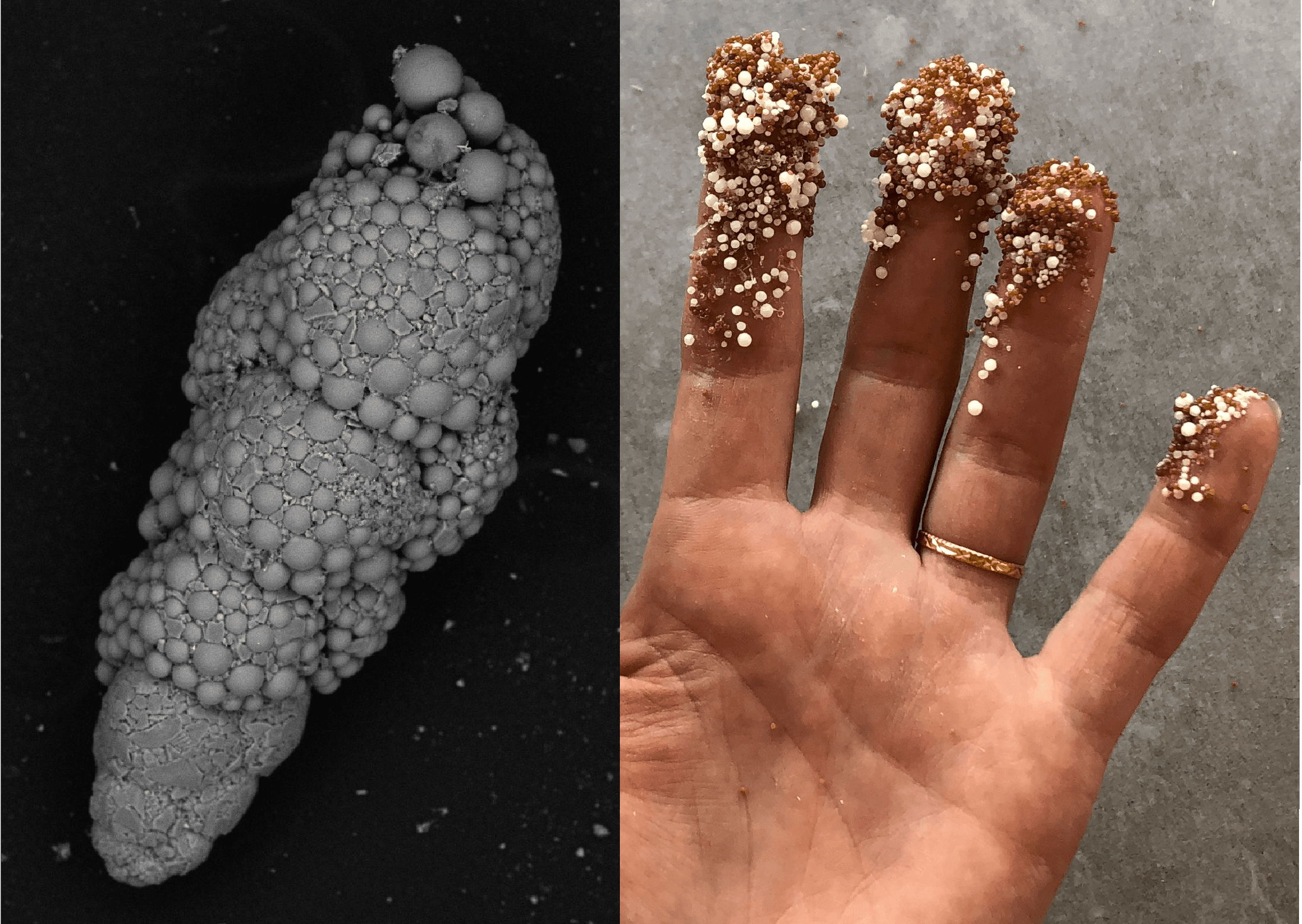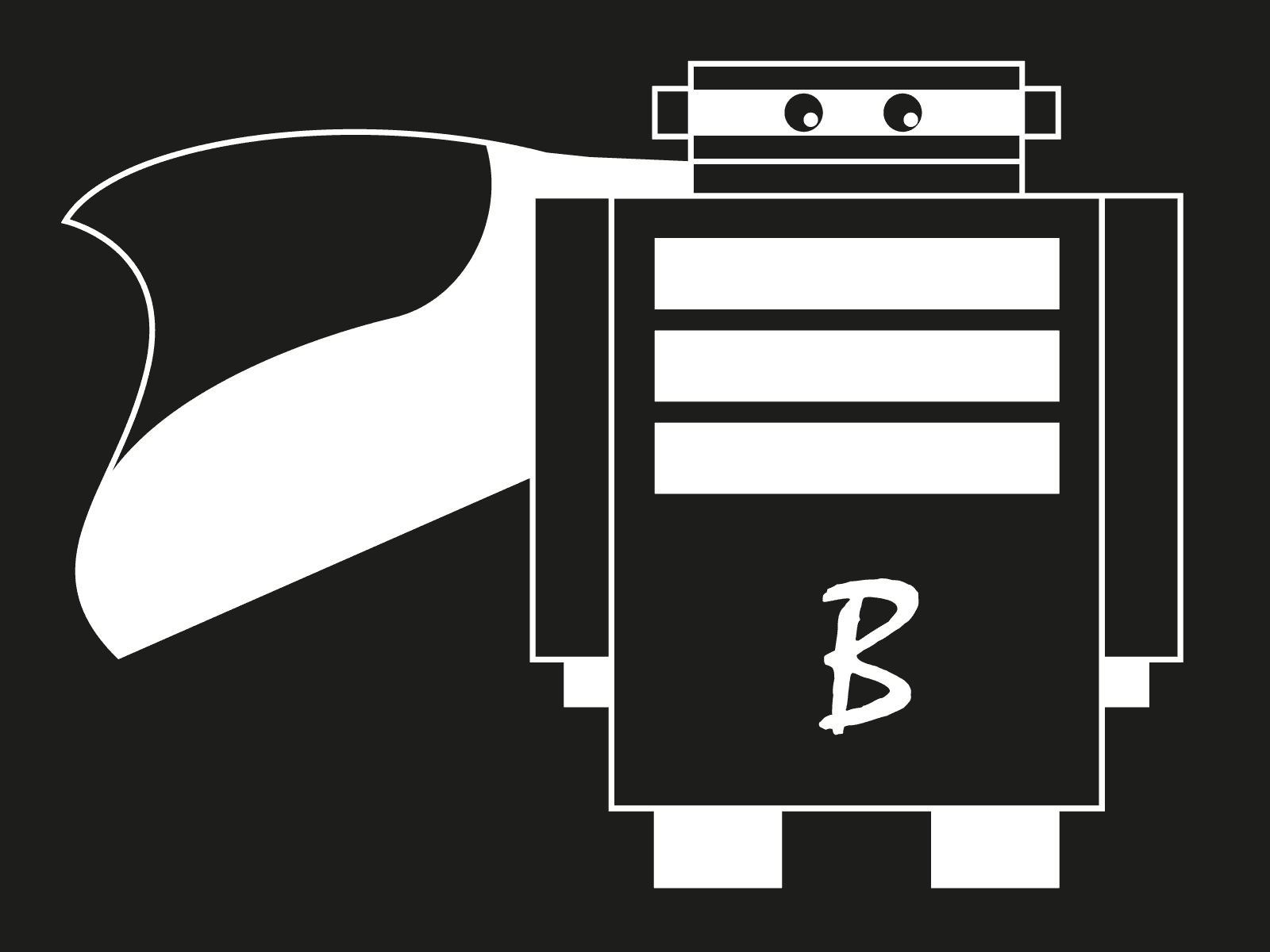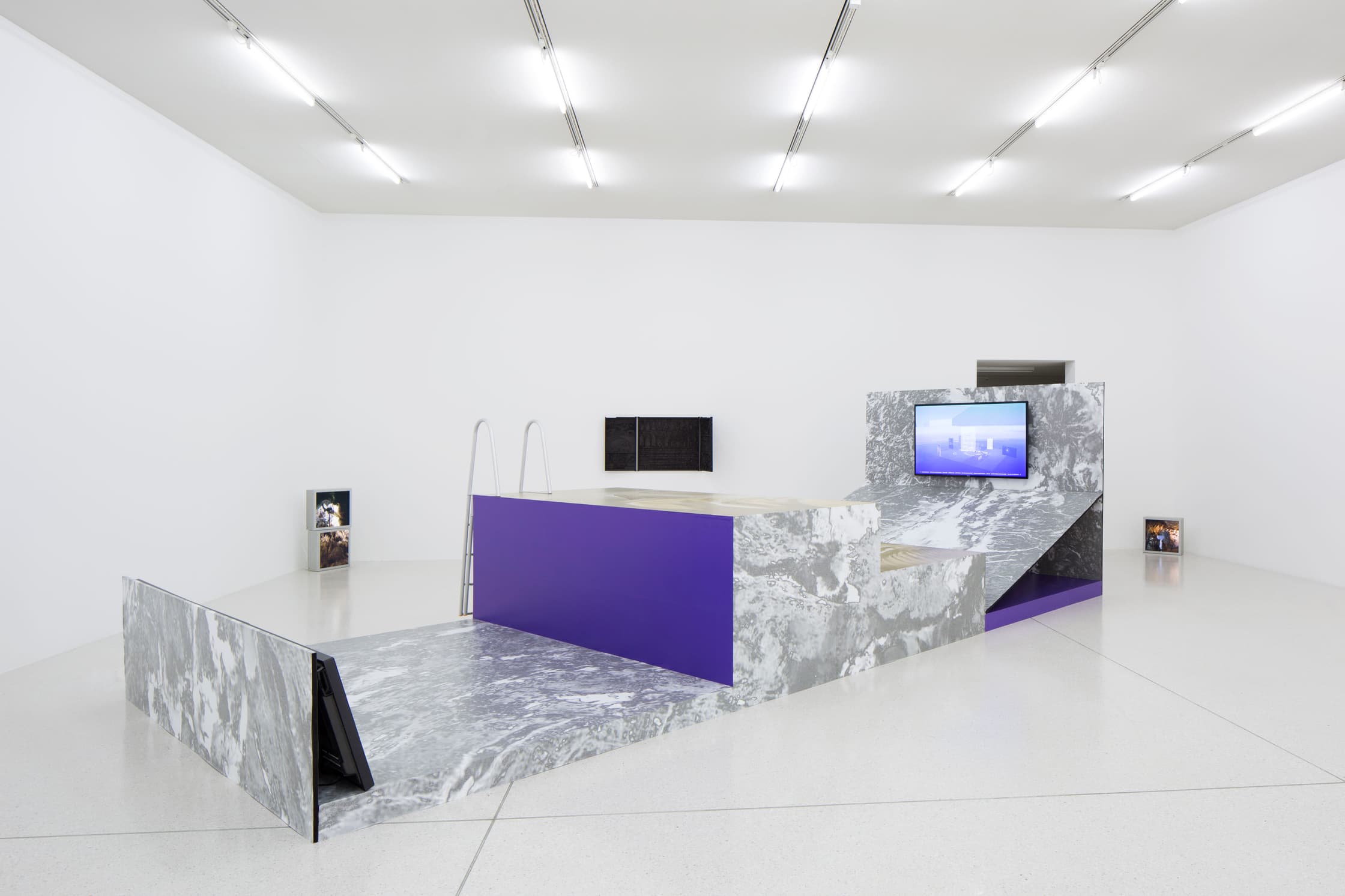Esmee Geerken, artist and earth scientist, has started as new artist in residence at planet B. Her artistic research focuses on our relationship with materials in our environment. What can we learn from shells and corals about building houses and cities?
Can you tell us something about your background?
I started my studies at the Gerrit Rietveld Academy, but gradually I discovered that I wanted more scientific knowledge, so I started a bachelor in natural and social sciences. I liked it so much that I continued studying and completed a Masters in Earth Sciences and a PhD in Geochemistry. I really liked studying, but I always connected my research to my art practice and asked myself the question: how can I experiment with this?
What appeals to you in the combination of artistic and scientific practice?
I look at scientific research with an artistic view and I look at art with a scientific view. Bringing those two views together is a challenge, but it also creates new perspectives. My position at planet B offers the opportunity to further explore this combination. In that sense, this residency is also a quest for a hybrid form that works for me.
The study of organic materials is central to your work. Where does your fascination for earth sciences come from?
At the Rietveld Academy I became fascinated with the earth as a whole. My graduation project Trajectories was about how people experience the earth. You can never see the earth as a whole, without technological aids, thus your understanding of it is created through knowledge of your environment and your imagination.
My scientific research takes place both on a micro scale, in which I examine the shells of single-celled organisms, as well as on a much larger geological time scale. I look at how organisms form minerals, a proces that is called biomineralization. You can think of shells, bones and external skeletons, but you could perhaps also see our houses as a biomineral. By creating new structures and patterns, life creates order in the chaos of elements, which fascinates me.

What will you be working on as an artist in residence at planet B?
I want to experiment with the use of mechanisms from biomineralization, such as the precipitation of building elements within seawater. In nature this happens on a micro scale, but what if we use these biochemical tricks to create materials on a larger scale? I want to investigate the possibilities this offers for how we build houses and design cities. I am going to collaborate with all kinds of people, including scientists and foundation De Onkruidenier.
More than the end result, I am interested in the research of materials and the stories and questions that arise. Mineral precipitation is a very slow process. Like the growing of limestone rocks takes millions of years, I cannot easily build a house following this method. But I want to learn about the process by experimenting with different mechanisms of biomineralization in aquariums. Due to the slowness of the processes, you cannot immediately see the growth of the materials, but by enlarging the process with an electron microscope, the differences in time and space (in terms of scale) become tangible. I hope that I can create awareness about how materials are formed and which organic processes are associated with this, because we can learn a lot from natural building mechanisms.
What does planet B as a theme mean to you?
Because my PhD research was about climate change, sustainability has become an important topic for me. I hope that I can contribute to a more sustainable earth by using my knowledge to develop sustainable materials. For example, the production of concrete is not sustainable, so I am looking for alternative building materials that absorb CO2 instead of emitting it, by using cyanobacteria instead of cement. It offers a way of thinking about future forms of living by drawing inspiration from materials. The planet B theme urban ecologies offers perspective to think about a new way of building urban environments.
My research is also a speculative project that ties in with thinking about the possibility of a planet B and how we would live there as humans. Can we create a more symbiotic relationship between minerals and plants and minerals and people? Could you grow a building in the same way as a coral grows? Like shells, can we form houses from seawater that grow with the inhabitants? If you see houses as the external skeleton of humans, a house is a part of the body and moves with you. I find that an inspiring thought, and I think it helps to think differently about our living environment. I will be working with this view on living and materials during my residency.
Would you like to know more about Esmee's project, or would you like to contribute? Send an email to planetb ⟨ at ⟩ waag.org.
The picture at the top of the page shows, on the left, a microscope image of an agglutinating foraminiferal specimen, image courtesy Dr. Inge van Dijk.


